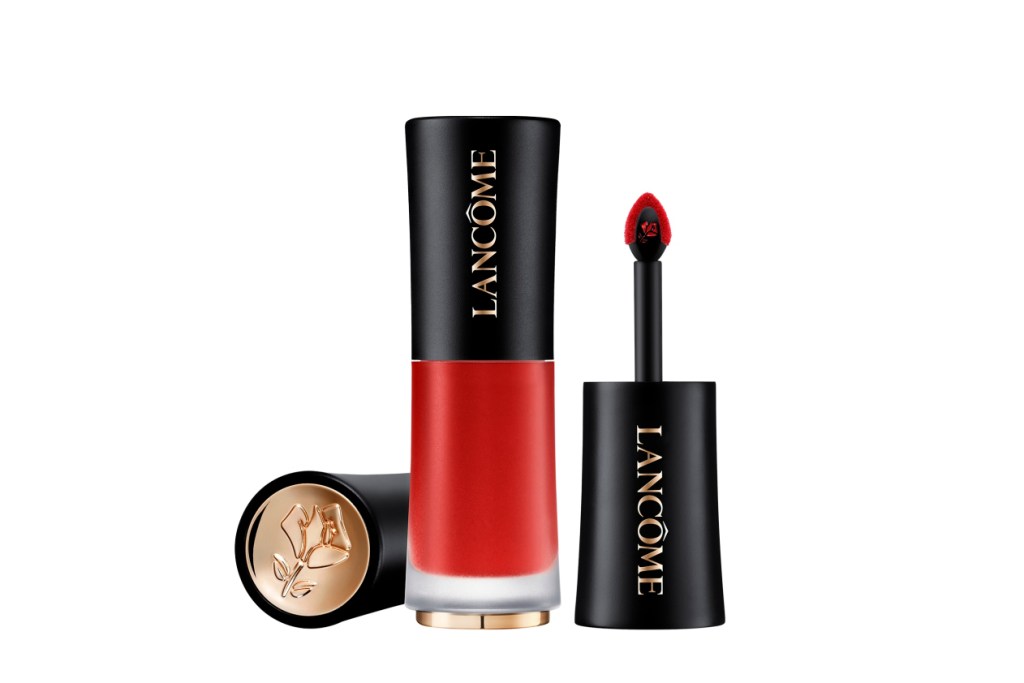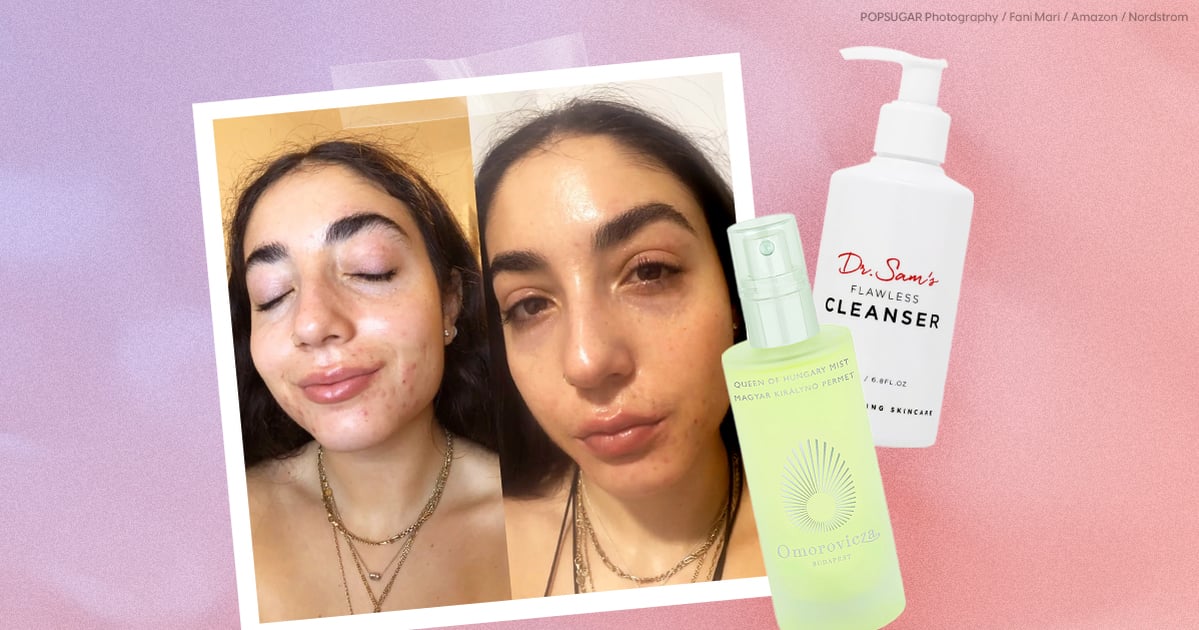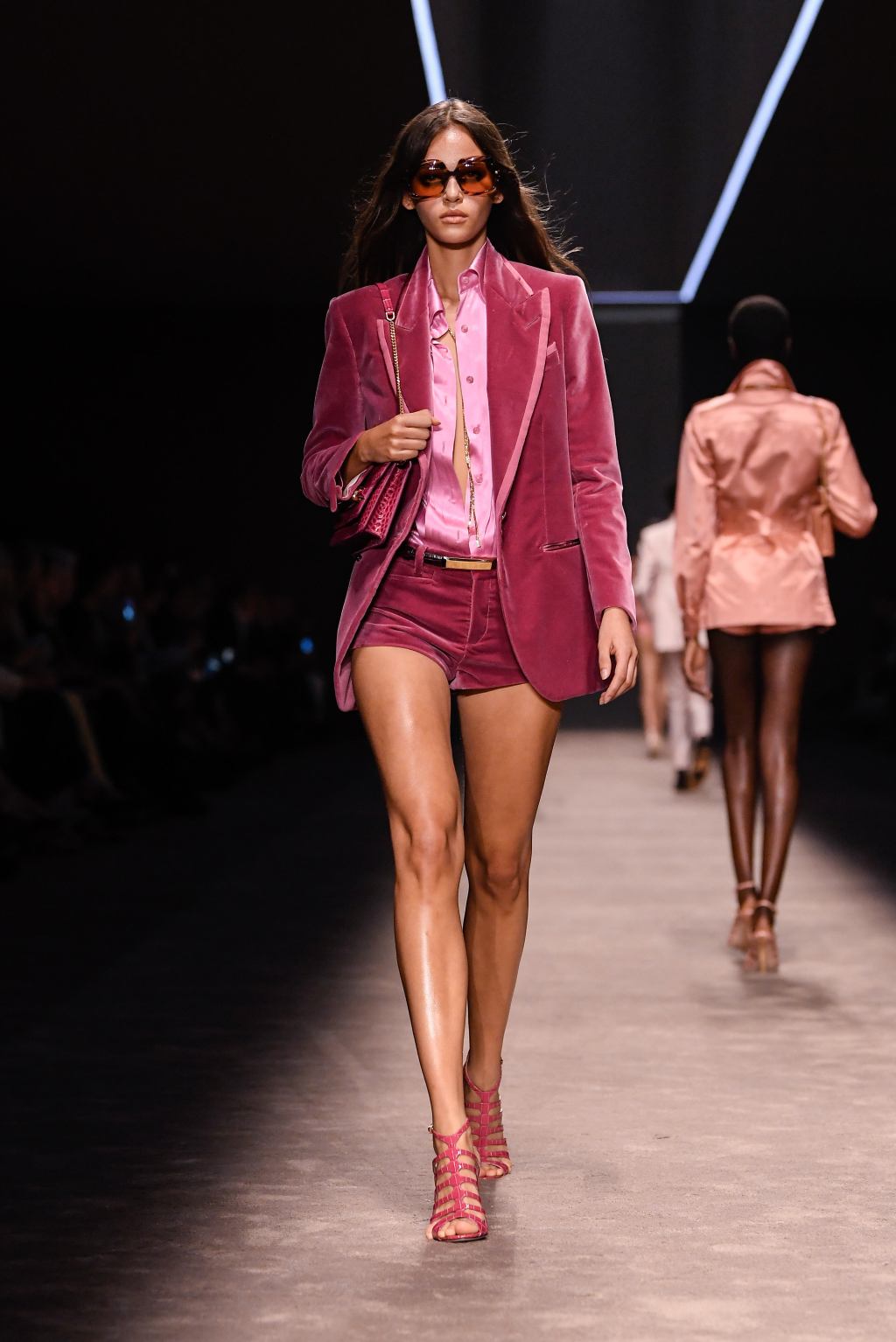PARIS — Beauty put a good face forward in 2023.
“The global beauty market was extremely dynamic, and grew 8-plus percent despite the avalanche of gloomy economic and geopolitical headlines, and despite the severe disruption in the Chinese ecosystem — a perfect demonstration of the resilience of the beauty category,” said Nicolas Hieronimus, L’Oréal chief executive officer.
He was addressing financial analysts and journalists Friday morning in the group’s headquarters located in the Paris suburb of Clichy. That came after L’Oréal published fourth-quarter and full-year 2023 results the night before.
Related Articles
“What made this outperformance so impressive is that it came after not one but two years of exceptionally strong share gains,” Hieronimus said.
L’Oréal’s operating margin set a record for the group, at 19.8 percent last year, when gross margin increased 150 basis points at 73.9 percent of sales.
But not all was rosy. As previously reported, the company’s fourth-quarter 2023 sales fell below analysts’ expectations almost entirely due to business in China.
The maker of Lancôme, Kiehl’s and Garnier products saw sales for the three months ended Dec. 31 grow 2.8 percent at reported exchange rates to 10.61 billion euros. That represented a 6.9 percent organic rise.
The market reacted negatively to the results, with L’Oréal ending Friday down 7.6 percent to 418.80 euros.
During the meeting, Hieronimus listed 12 milestones for L’Oréal in 2023. First is that company sales crossed the 40-billion-euro threshold, to 41.18 billion euros, driven by the third consecutive year of double-digit, like-for-like growth.
“Second, despite inflationary context and unlike many of our peers, L’Oréal grew in units. This means that more consumers were exposed to the L’Oréal quality,” he said.
The company’s Consumer Products division delivered its best growth in more than 30 years, and its Dermatological Beauty division posted its sixth consecutive year of double-digit growth, while being L’Oréal’s most profitable divisions.
“L’Oréal Luxe became the global number-one luxury beauty player, having beaten the market for a 13th year in a row,” Hieronimus said. “We acquired Aesop, a truly one-of-a-kind luxury beauty brand.”
Helena Rubinstein became a L’Oréal “billionaire brand,” and the Professional Products division reached 25 percent market share.
“As promised, emerging markets are turning into a real growth engine for the group that contributed to 30 percent of our growth this year, compared to 15 percent of our sales,” Hieronimus said. “Europe achieved its first year of double-digit growth in more than two decades. In North America, growth accelerated and sales crossed the 10-billion-euro threshold.
“And finally in North Asia, our market share in the Chinese ecosystem increased by a further 80 basis points,” he continued.
Hieronimus called the Chinese ecosystem “the elephant in the room,” and shared the latest developments in the region of North Asia, where last year the company’s sales declined 5.8 percent on a reported basis and by 0.9 percent in like-for-like terms.
“In mainland China, the market was flat, having contracted slightly over the last quarter with a disappointing 1111,” he said, referring to the Singles’ Day shopping festival. “The recovery we hoped for at the start of ’23 failed to happen, as consumer confidence remained a subject.”
Despite this, L’Oréal’s sales grew 5.4 percent in sell-in and 7.7 percent in sell-out. That enabled it to “significantly outperform the market and gain share, placing us in pole position for when the market starts to rebound,” Hieronimus said.
Top division performers were Dermatological Beauty, with sales advancing six-times faster than the market, and L’Oréal Luxe, which outgrew the market threefold and hit a record of 31.8-plus market share.
“In Hainan, the market was severely impacted by the policy change regarding daigou, and fell more than 20 percent,” Hieronimus said. “We slightly outperformed the market in sell-out, but we’re obviously not immune to the magnitude of the contraction, which effected the entire second half of the year.
“We consider today our inventory to be almost back to normal,” he continued.
Within the North Asia zone, Hieronimus highlighted that the group achieved its best growth on record.
The executive contended that while the weakness in North Asia was disappointing, the company’s “multipolar” business model is resilient, allowing it, despite having one-quarter of its sales under pressure, to deliver its best growth in more than two decades.
Overall, the U.S. was L’Oréal’s top growth contributor by country, followed by China. They also include Mexico, Brazil, U.K./Ireland, France, Spain/Portugal, the Nordics, the DACH region and Australia/New Zealand. India has now entered the top 15.
“So we clearly have multiple growth engines,” said Hieronimus, explaining another reason for L’Oréal’s market outperformance last year has to do with the diversity of its product portfolio.
“We do only beauty, but all of beauty, with 38 brands now at all price points, from 5 euros to 600 euros,” he said.
Last year, L’Oréal’s fastest-growing product category was fragrances, up 16.9 percent to 5.2 billion euros. Next was hair care, with 15.3 percent gains, to 6.3 billion euros, followed by skin care, with a 10.4 percent increase, to 16.4 billion euros. Makeup’s sales, meanwhile, advanced 10 percent to 8.1 billion euros.
“Finally, I would like to highlight the power of our agility to reallocate resources in real time from our cockpit based on market realities and opportunities,” Hieronimus said.
He also looked to the future, describing his confidence that the worldwide beauty market will continue to grow.
“Consumers want to feel good about themselves, and beauty allows them to do that without breaking the bank,” Hieronimus said. “I call this ‘the dopamine’ effect of beauty.”
He expects that after a year of exceptionally strong gains, bolstered by significant inflation-driven pricing, the global beauty market will resume its historical growth rate of about 4 percent to 5 percent in 2024 and beyond.
“I am pleased to say that 2024 has been off to a promising start, with a very good month of January,” said Hieronimus, who outlined seven growth drivers for this year and those after.
Number one on this list was emerging markets. “They’ve truly become, and will increasingly be, strong growth contributors,” he said.
Second in the lineup was China. “Yes, the near term remains uncertain, but its sheer size alone makes the Chinese beauty market highly attractive,” Hieronimus said. “Even if it grew only in the midsingle-digits — plus 6 percent, to be precise — it would add half an Italy every year. We have lots of opportunities to recruit new consumers. Right now, we’re only touching a quarter of an addressable consumer base of 400 million, and we see an uplift in every new brand in every new city.
“Our choice, to consistently favor mainland China over travel retail, has allowed us to conquer a strong position and, more importantly, exceptional brand love from Chinese consumers,” said the executive, adding some of the company’s most expensive brands — Helena Rubinstein and YSL — are the most dynamic there.
The executive is confident on the outlook for Europe and North America. “Both regions still hold a lot of growth opportunities for us,” Hieronimus said.
The number-four growth driver is strong valorized innovation, and fifth is what he called L’Oréal’s “digital leadership.”
“Six, we will improve the efficacy of our A&P, thanks to AI,” said Hieronimus, adding number seven is L’Oréal doing “all beauty” — in other words, each of its divisions will play its own role in servicing all people.
“We’re a pure beauty company, of course, but at the same time, we’re a luxury company, a medical company, an FMCG company. And now, we have become a beauty-tech company,” he said. “This makes us truly unique, and I really believe truly invincible in the long run.”



